| Compact car; Built in South Korea |
|
|
| Good condition price range: $4,600 – $14,900* |
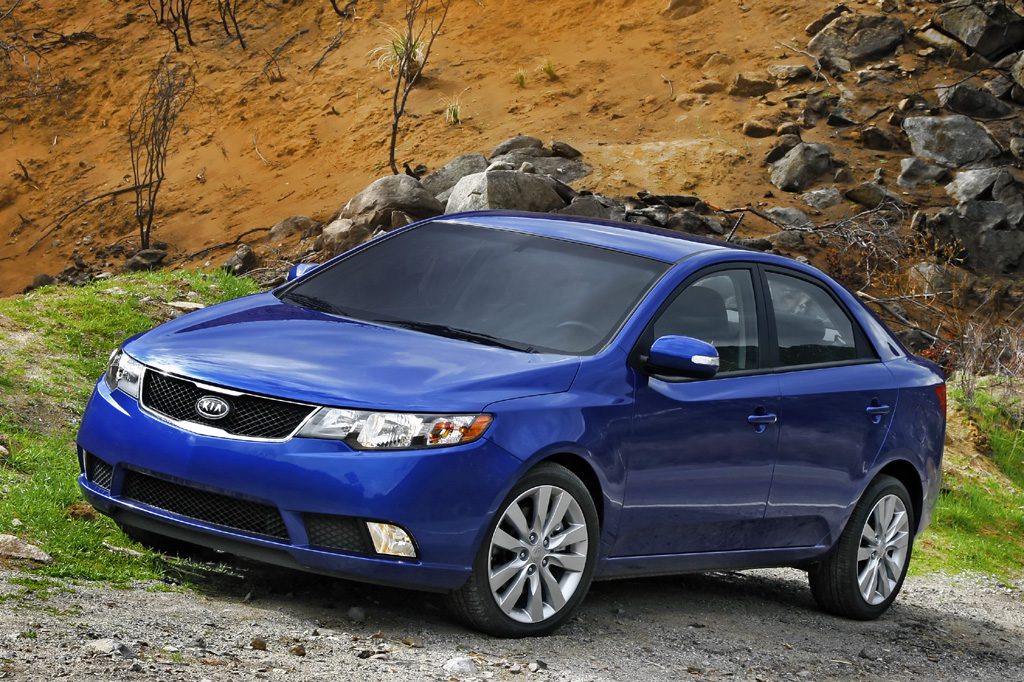
2010 Kia Forte 4-door sedan front
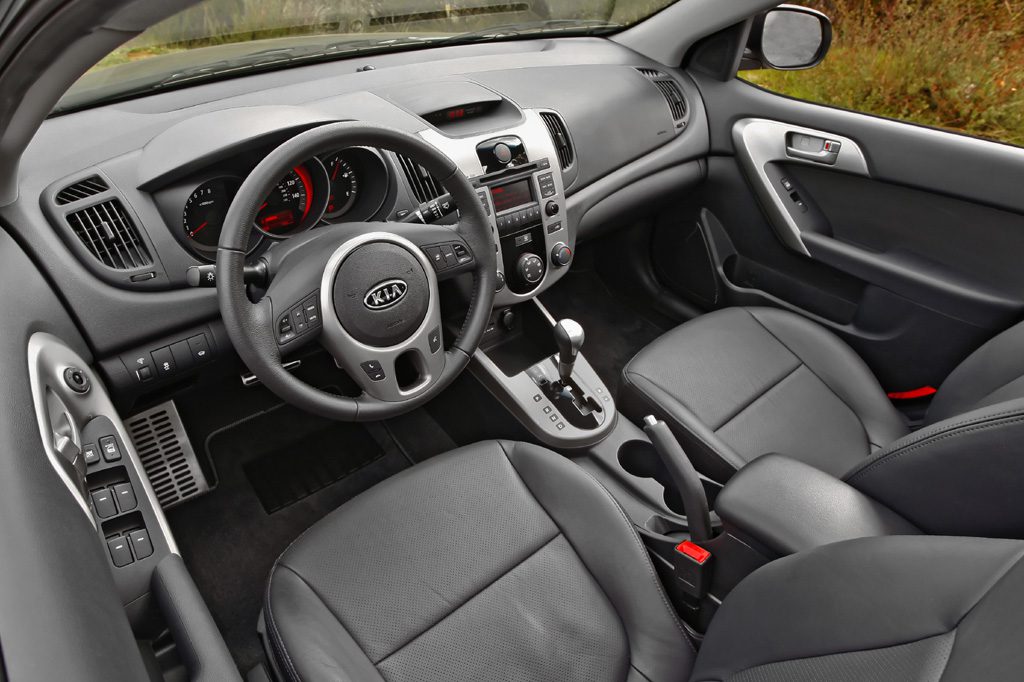
2010 Kia Forte 4-door sedan interior

2010 Kia Forte 2-door coupe front

2010 Kia Forte 4-door sedan rear
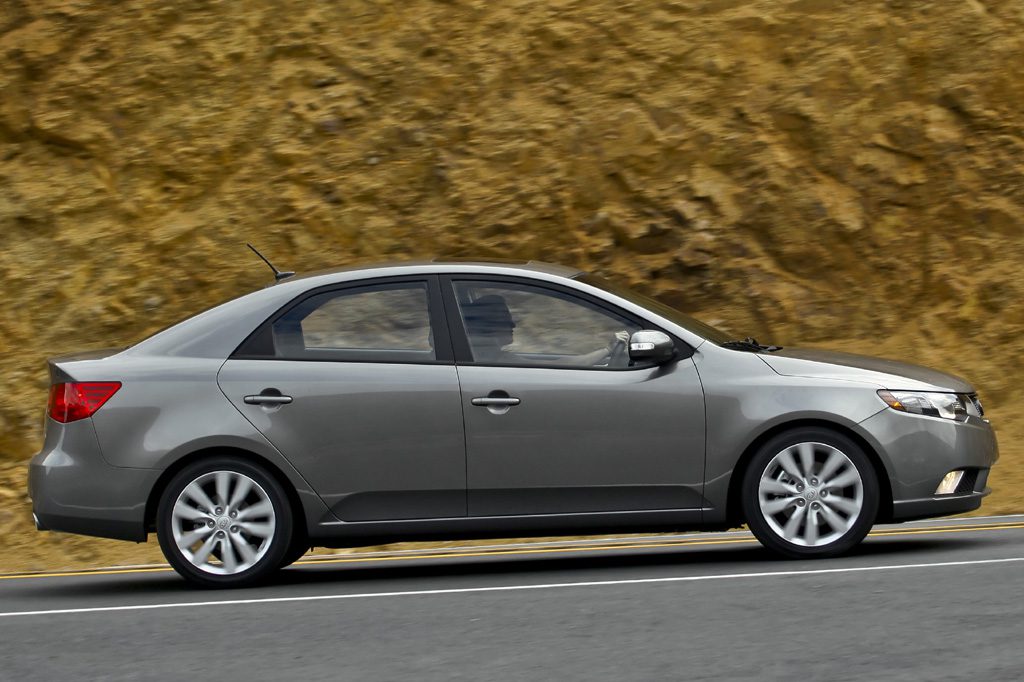
2010 Kia Forte 4-door sedan profile
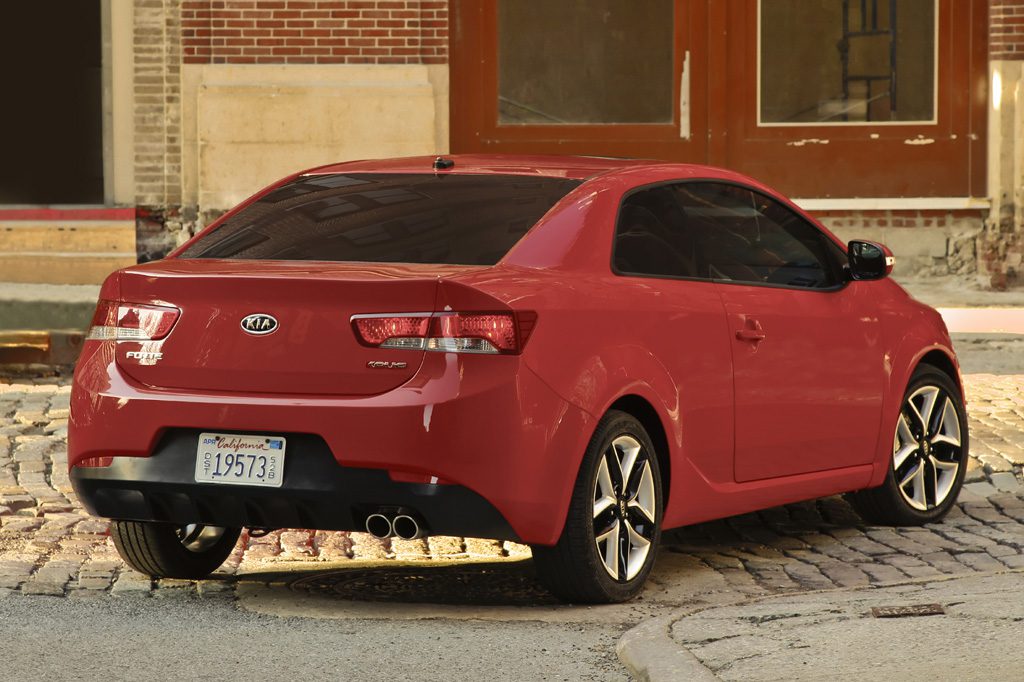
2010 Kia Forte 2-door coupe rear
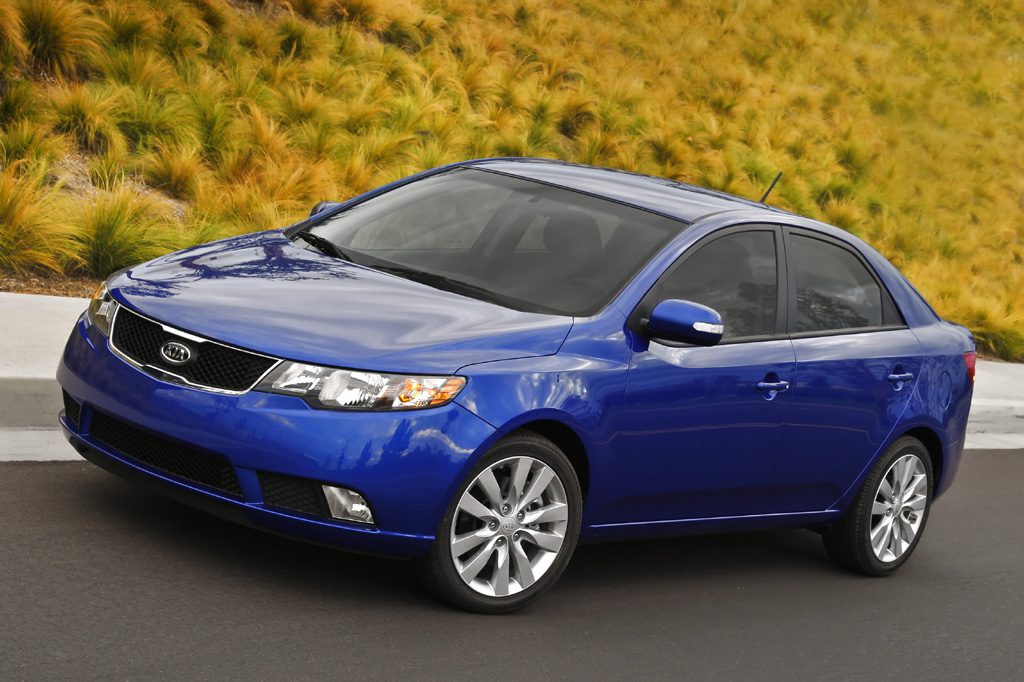
2010 Kia Forte 4-door sedan
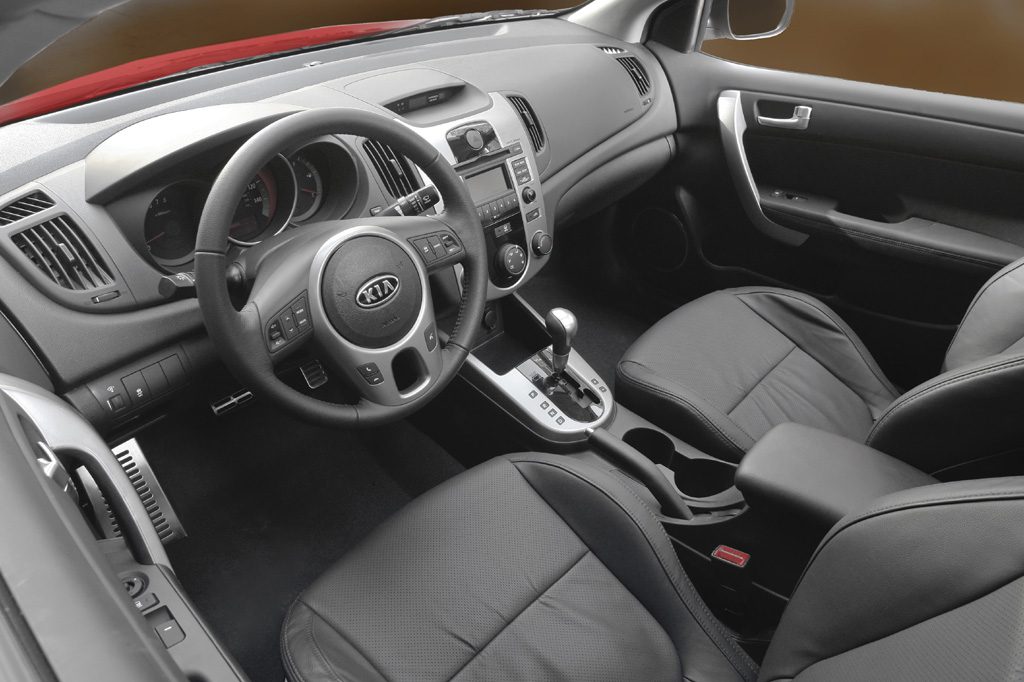
2010 Kia Forte 2-door coupe interior
| Pros: |
|
| Cons: |
|
Kia’s latest compact-car contender boasts ample-for-the-class passenger and cargo space along with a generous list of standard comfort, convenience, and safety features. Forte’s performance, road manners, and overall refinement are pleasant enough, though not as polished as class leaders. Avoid the balky manual transmission in a 2010 model, with its notchy throws and vague clutch. Improvements to the 2011 Forte are most welcome. The new six-speed automatic transmission is slick, and the revised six-speed manual is vastly better than its five-speed predecessor. Ride quality on the sporty SX model is smoother as well. Availability of a hatchback body style provides added versatility. That model is not as much fun to drive, nor is it as refined as the Mazda 3, but Forte can cost considerably less secondhand. In all, the solidly made Forte is worthy of a spot on the budget-conscious compact-car shopper’s list.
Overview
Kia replaced the previous Spectra with an all-new Forte for 2010, now serving as this Korean automaker’s compact car. Forte came as a four-door sedan that was about 1.5 inches longer in wheelbase and 1 inch longer overall than the outgoing Spectra, and as a two-door coupe called the Forte Koup. Both the coupe and sedan came in EX and sporty SX trim levels. The sedan also came in base LX trim. Two four-cylinder engines were offered. LX and EX held a 156-horsepower 2.0-liter engine that teamed with a standard five-speed manual or optional four-speed automatic transmission. An optional “Fuel Economy Package” for EX sedans included a five-speed automatic and other fuel-saving equipment. SX models had a 173-horsepower 2.4-liter engine with a standard six-speed manual or optional five-speed automatic. Standard safety features included antilock braking, traction control, an antiskid system, curtain-side airbags, and front-side airbags. A wireless cell-phone link, auxiliary audio input, and USB port were standard on all models. Air conditioning, power windows and locks, and remote entry were standard on the EX and SX. Leather upholstery and a sunroof were available on the EX and SX editions. SX had a standard sport suspension and tilt/telescopic steering wheel. Forte rivals included the Honda Civic, Mazda 3, and Nissan Versa.
Yearly Updates
| 2011 Forte The Forte lineup received a host of changes for 2011, including a new four-door hatchback model, revised transmissions, and various tweaks to improve ride quality, handling, and noise control. All versions came in EX and sporty SX trim levels; the sedan also remained available in base LX form. New six-speed manual and six-speed automatic transmissions replaced the 2010 Forte’s five-speed manual, four-speed automatic, and five-speed automatic variants. SX models got a revised suspension. An optional “Fuel Economy Package” for EX sedans included the new six-speed automatic and other body and powertrain tweaks designed to improve fuel economy. |
| 2012 Forte Manual transmission availability was now limited to just the base sedan and all coupes, but there were no other changes of note to the 2012 Kia Forte. |
| 2013 Forte Changes for 2013 were minor. Some models had newly designed 16-inch alloy wheels, boasted better quality hides for leather-wrapped steering wheels, and received power-folding side mirrors. New LED daytime running lights were standard on SX sedan and hatchback and optional on the EX versions of those same two body styles. |
